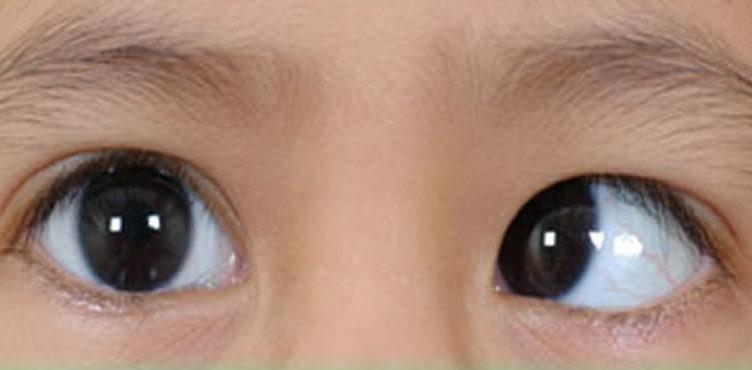Also known as Squint
ABOUT THE DISEASE
A squint, also known as strabismus is a condition in which the eyes do not align properly, one of them turns inwards, upwards, downwards, or outwards while the other one focuses at one spot. Typically, the extraocular muscles are not working in coordination, so that each eye is unable to gaze at the same spot at the same time.
Squints are common and affect around one in 20 children. They usually develop before five years of age, but can appear at any age. It can be intermittent or constant.

SYMPTOMS
A typical symptom of squint is that both eyeballs are not aligned properly and point in different directions. In the majority of cases, one eye looks straight whereas the other eye turns inwards, or less often outwards, upwards or downwards. Other symptoms include eye fatigue, double vision, reading difficulty, loss of depth perception, tilted head to focus properly.
CAUSES
The exact causes are unknown but it is mainly presumed to be due to dioptric defects, movement defects of the eye muscles or their nerve supply. Other causes include down syndrome, cerebral palsy, retinoblastoma, etc (in children) and diabetes, myasthenia gravis, Grave`s disease, brain tumor, eye surgery, etc (in adults).
DIAGNOSIS
- Clinical evaluation
- Proper Eye check up
TREATMENT METHODS
The primary goal of treatment is to preserve or restore as much visual function as possible.
The treatment varies depending on the exact type and cause of the strabismus. If left untreated, there is a serious risk of complications, such as amblyopic (lazy eye), persistent double/blurred vision and may lead to low self-esteem.
Treatment options include:
- Glasses
- Eye patch
- Botulinum toxin injection (botox)
- Eye exercises
- Surgery, is advised only when other treatments have not been effective. It can restore binocular vision, as well as realign the eyes.
You may also like to learn about:
Amblyopia
Retinoblastoma
Headache
Vision impairment
Astigmatism
Diplopia